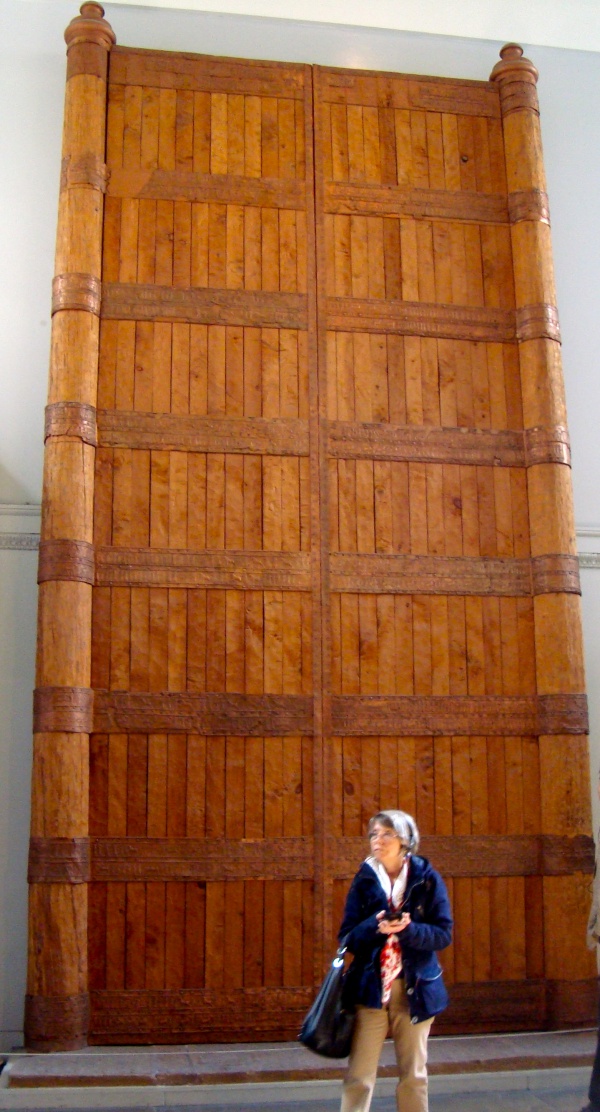Facts About Balawat Gates
The Balawat Gates are an extraordinary collection of decorated bronze bands that once adorned the main doors of structures in Balawat during the reigns of Ashurnasirpal II and Shalmaneser III of the Neo-Assyrian Empire. These gates are renowned for their rich narrative art, depicting the adventures and achievements of Assyrian kings, making them some of the most significant surviving artworks from that period.
When the Neo-Assyrian Empire eventually fell, Balawat was destroyed, leaving behind only the bronze bands from the gates. Today, the British Museum proudly houses remnants of two sets of these gates, while the Mosul Museum in Iraq preserves the gates from the Temple of Mamu. Additionally, small sections of the Shalmaneser bronze door bands can be found at the Walters Art Museum in Baltimore and the Istanbul Archaeology Museums.
Originally, the gates at Balawat were crafted from cedar wood and featured massive pine pillars decorated with bronze. These gates, which archaeologists estimate stood at 6.8 meters tall, operated by turning these impressive pillars in stone sockets. The gates were unearthed by Hormuzd Rassam in 1878, but by then, only the bronze bands had survived, as the wooden components had decayed over time.
The bronze bands are a treasure trove of historical information, depicting scenes that offer a glimpse into Assyrian life, technology, and society. They narrate significant events, such as King Shalmaneser III's discovery of the source of the River Tigris.
Two sets of gates were commissioned by Ashurnasirpal II, and one set by Shalmaneser III. The scenes on these gates include depictions of warfare, tribute presentations, and hunting expeditions. The surviving pieces are beautifully embossed and inlaid with intricate chased decorations. Each pair of gates originally consisted of 16 bronze bands, arranged in a sophisticated decorative pattern. Reconstructions suggest that the doorposts tapered towards the top, with the bands decreasing in size accordingly.

 Armenia
Armenia